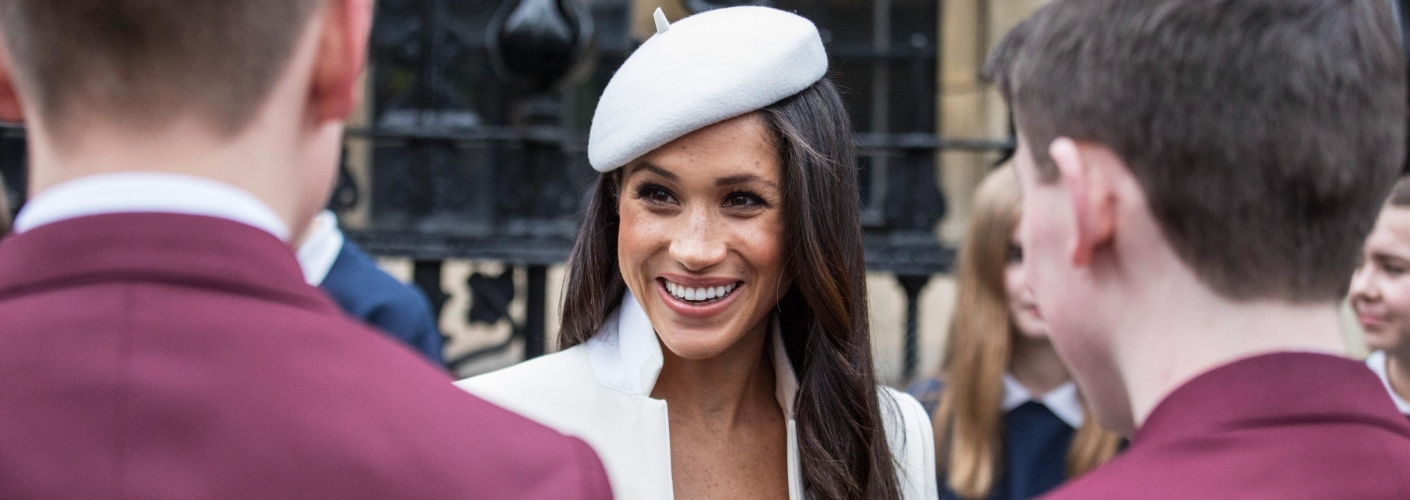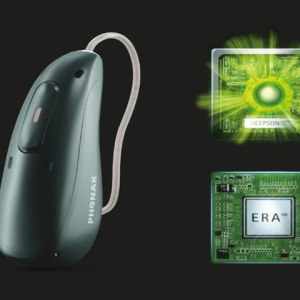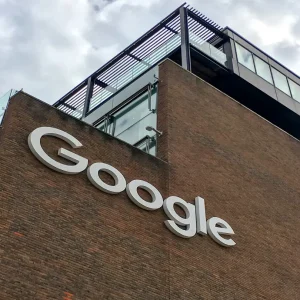
With today’s news that the Duchess of Sussex, Meghan Markle is pregnant, Computer Business Review (which extends its congratulations to the Royal Couple) looks at the ways in which technology is transforming pre-natal care.
Their Royal Highnesses The Duke and Duchess of Sussex are very pleased to announce that The Duchess of Sussex is expecting a baby in the Spring of 2019. pic.twitter.com/Ut9C0RagLk
— Kensington Palace (@KensingtonRoyal) October 15, 2018
The First 4-Dimensional Connectome
Little is known about the magical complexity of infant neural development. The Developing Human Connectome Project (dHCP), led by King’s College London, Imperial College London and Oxford University, hopes to change that.
The project, launched last year, aims to make major scientific progress by creating the first 4-dimensional connectome (a precise description of human brain connectivity) of early life. Researchers will create a dynamic map of human brain connectivity from 20 to 44 weeks post-conceptional age, which will link together imaging, clinical, behavioural, and genetic information.
Last month it completed its one hundredth scan. The project will help provide insights into fundamental neural processes.
Maternal Machine Learning
What are among expectant mothers’ big questions? One medical insurance company used machine learning to using 70,000 total words from 800+ maternity-related calls to find out. Top of mind were questions about breast pumps.
Collective Health used a natural language processing model known as word2vec to learn vector representations for every word used, then ran principal components analysis for visualisation.

The company said: “One of the great things about advanced analytics and unsupervised learning is that you can find things that you may never have known to look for. But, once you find them, they make immediate sense.”
Big (Baby) Data
It seems unlikely that the Duchess will be using her local NHS ward for the birth, but should she choose to do so, she may like to be aware that the NHS recently introduced a new data standard to support the “introduction of comprehensive digital maternity records.” (It seems fair to say these won’t be in short supply for this particular baby…)
The standard, developed by NHS Digital will improve information exchange between the NHS’s sprawling IT systems, ensuring all clinicians have access to the same data on newborns and their mothers.
NHS England aims to launch this “digital red book service” in beta form by the end of 2018. NHS England’s Professor Jacqueline Dunkley-Bent said: “Electronic red books give mums more convenient access to vital information about their baby and help NHS and healthcare workers to provide effective care.”
Royally Rapid IoT Growth
The pregnant Meghan Markle will likely have the support of the world’s best nannies, so all-singing, all-dancing baby monitors are unlikely to be top of her wish list.
It will be of little surprise to most observers that the Internet of Things (IoT) is expected by most analysts to have huge scope for growth in the maternity sector.
“The integration of AI and voice technology in Babytech and Femtech will not only enhance the robustness of the [IoT] products and services, but also pave the way for the entry of major tech companies such as Amazon,” claims Chandni Mathur, a digital health analyst at consultancy Frost & Sullivan.
She adds: “Regulatory bodies and the investment community are realizing the potential and scope of application of digital health tools in this space, driving greater investments and the development of innovative and targeted digital health solutions.”
Imaging Technology: Robotic Help
A first scan is a nerve-wracking experience for any parent, but advances in imaging technology, software, and training of specialists means medical professionals now have array of tools available to improve pre-natal care.
For those somewhat further away from the glare of the world’s eye than the Royal couple will be during the Meghan Markle pregnancy, researchers recently found that MELODY telerobotic sonography, a French-developed system that allows doctors to do long distance ultrasound imaging, can be used for pre-natal imaging.
This could allow patients in remote communities to get ultrasound imaging without having to travel long distances.
The MELODY system consists of three parts: the ultrasound probe and robotic arm, placed in a community clinic, that can be manoeuvred on a patient’s body by an assistant with no prior experience using ultrasound and a control room where radiologists or sonographers robotically control the probe and adjust the ultrasound settings; and video conferencing software.
While Prince Harry and the Duchess of Sussex’s home in the Cotswold’s is comfortably far from the madding crowd, it is unlikely that this will be needed.






